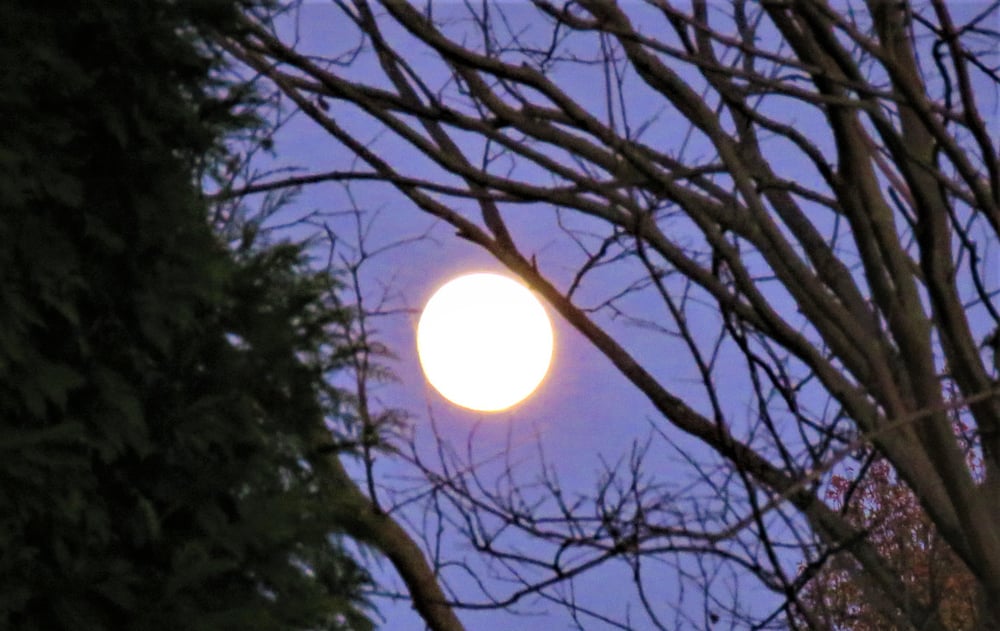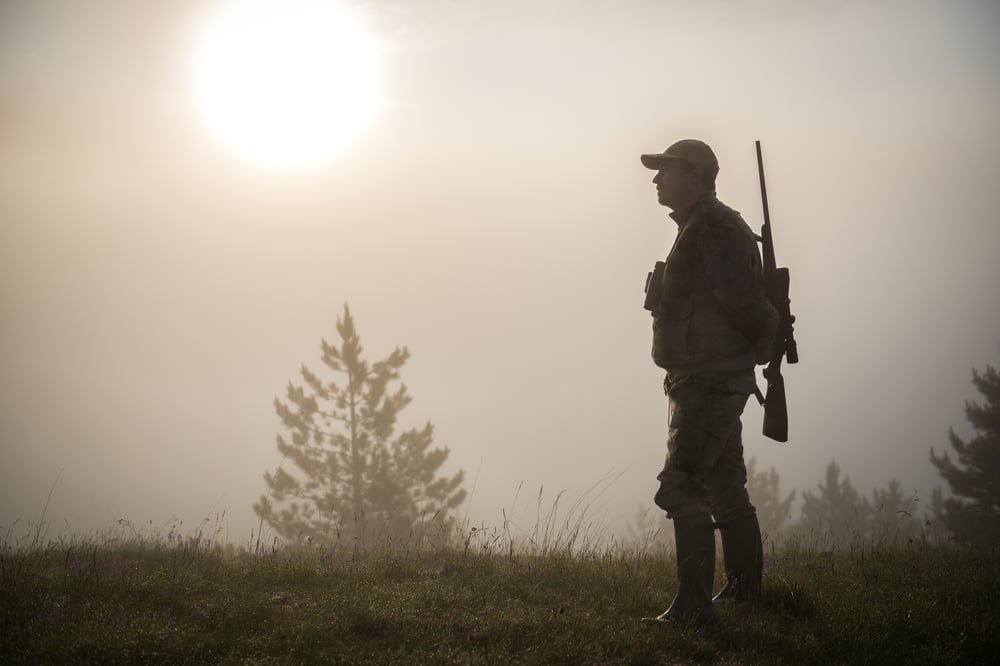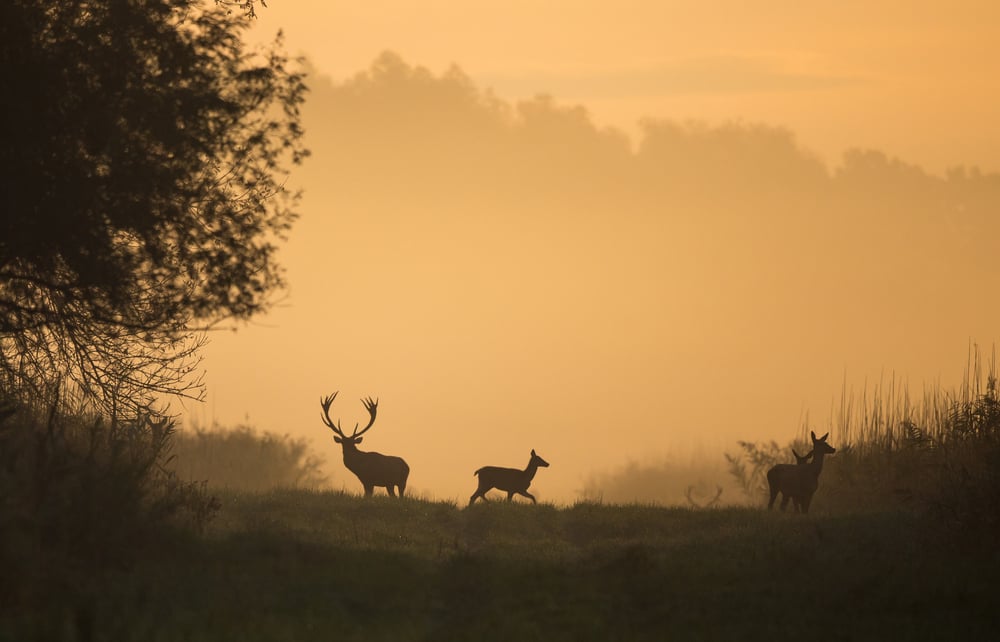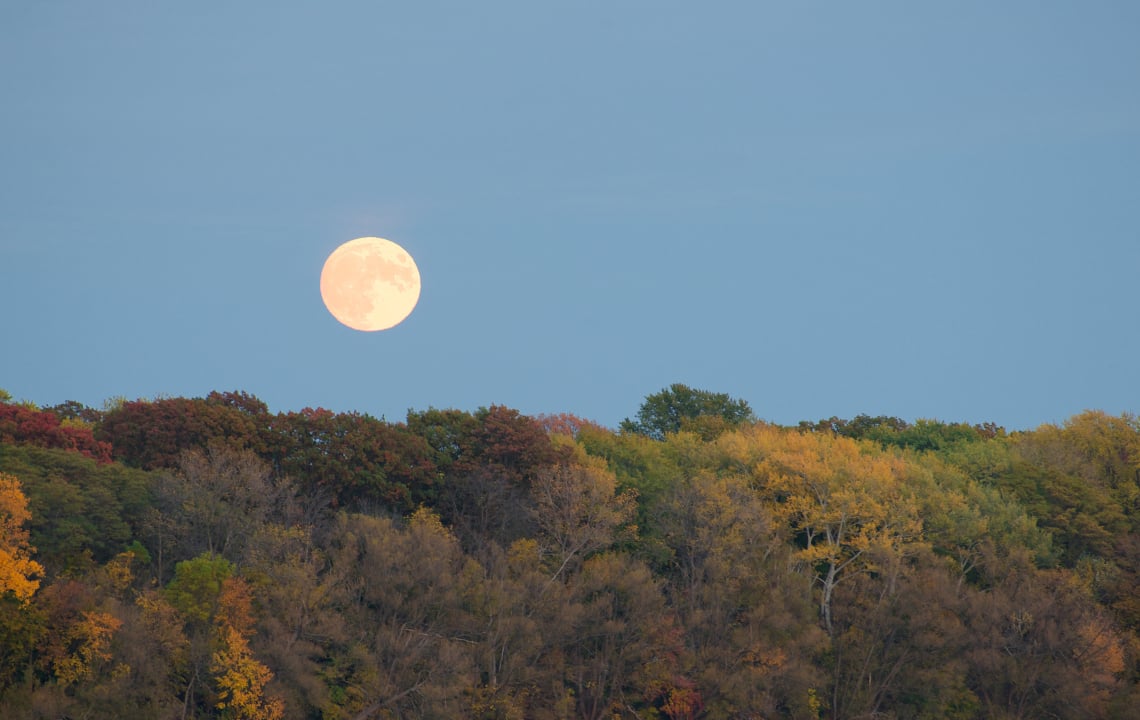Regardless of where you live in the South, there is probably a healthy population of whitetail deer nearby. Even in a development located in a rural area, deer are often prevalent. This article shares the secrets to finding deer and harvesting nutritious, healthy venison for your table.
October is here and is a time hunters welcome with expectant hearts.
Dove hunts have been enjoyed and shell manufacturers have prospered. The leaves have taken on the colors of the artist’s palette, and the nights have become comfortably cool. Deer hunting has arrived for many, and parts of our beloved South have seen deer hunters afield since August.
For this old hunter, this year's season is most welcome. Last October, we spent some joyous times with our daughter, Andrea, and her family in Colorado and missed the bow season and the early days of gun season in our state.

We had only been home a few days before the Hunter’s Moon on October 20th, but the morning of the 21st found me up before dawn, preparing to pursue the local whitetails.
Since our freezer needed restocking, a rifle was the weapon of choice. The destination was a nearby swampland where I had previously trapped and taken deer. It is a dense swampland with meandering streams and is within walking distance of our home.
A camouflage shirt, pants and a light camo vest were donned in case the cool morning air required it.
Stepping into the night air, the aftermath of the Hunter’s Moon smiled down on me, and it was light enough to see without artificial light. I moved across our yard and that of a neighbor that gave me permission to cross his property. The swampland is part of the original property where a developer had laid out our community. The swamp property is not suitable for development, so there is reserved acreage that I have permission to hunt and trap.
Stepping into the woods behind my neighbor’s house was like entering a different world.
At this point, a light was required. The preferred one has several settings, but green is the spectrum that is less disturbing to wildlife. The timber stand blocked part of the moonlight and the ground was littered with leaves, dead limbs and vines.
It was like running an obstacle course to weave a path through the debris. The terrain slopes decisively toward the swampland and soon, the tracks of deer began to appear, becoming quite frequent as the dense tangles grew progressively denser.
Despite taking precautions in placing my footsteps, dead twigs occasionally snapped like rifle shots. Each time it caused me to cringe, fearing that every deer in the area would be on alert.

The wet area's greenery was dense because we had not yet experienced a frost. It could be the result of global warming, but at my age, the vagaries of weather have come and gone, and I choose not to categorize the results.
We once had a friend who blamed violent weather changes on space travel. They stated, “Every time we (the U.S.) fire a rocket into space, we have bad weather.” My philosophy is to accept whatever befalls us and make the best of it.
Moving deeper into the swamp, a spot appeared where an 8-point buck met his end a few years earlier.
It was near one of the flowing waterways, and since I was not carrying a climbing stand, as was my usual plan, a spot of concealment was selected nearby.
The beautiful, yellow orb of the moon slowly descended toward the western horizon. Dawn began to creep across the landscape. The sound of the rippling water and the vision of the first bird movements was relaxing and a peaceful respite. Red-bellied woodpeckers sat on the highest branches of the dead timber spread throughout the swamp.
After a while, tired of standing, a spot at the base of a tree beckoned, where the root base rose above the damp ground. Visibility was limited, but a nearby, well-used trail showed promise.

At exactly 8:00 a.m., movement was visible across the small stream and another larger stream farther away. A mature doe moved into a small clearing, one of the few long-range views offered. She hesitated, and the rifle sounded. She lunged forward, out of my vision, but it appeared that it was a fatal shot.
Even so, 30 minutes lapsed before approaching. The small stream was crossed and a beaver dam spanned the larger stream. The partially submerged beaver dam provided access to the upstream location of the doe.
Nearing the spot, she was only a couple of steps from where the shot impacted her. It was a double lung shot, with almost no spoilage of good, healthy venison.
Now the fun began!
First, a drag across two waterways, field dress her, and then get her up the hill to the edge of the woods. Once she was field-dressed, a vinyl deer drag was used, making it easier to get her out without contaminating the meat.
Once the deer and all my gear were transported to the edge of the woods, my 4-wheel drive truck was secured, and (with my neighbor’s permission) driven to the edge of the woods. The doe and all my gear were loaded and driven home. Once there, my wife, Margaret, said she would ride to the processor with me since it is far from where we live.
This processor was a recommendation from a previous co-worker. They have provided excellent service over the years. All the venison is vacuum-packed to retain freshness. This is preferable to freezer paper which is suitable for more short-term consumption.
We returned home, tired but blessed to have experienced the success and joy of the aftermath of the Hunter’s Moon.
It is said that deer do not move much at daylight on the full moon, but will move later in the day. I am thankful for the experience, and now that the freezer meat is assured, the longbow will serve as the weapon of choice for the rest of the deer season.




.jpg)




















